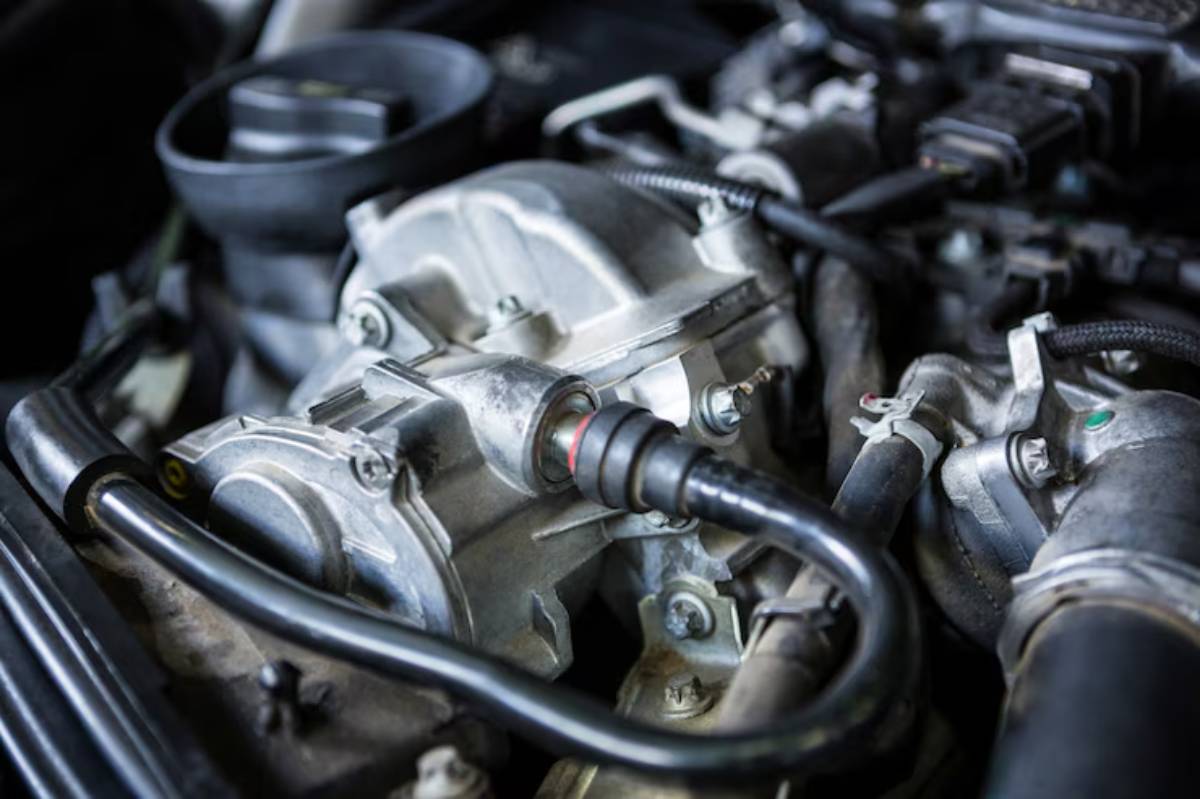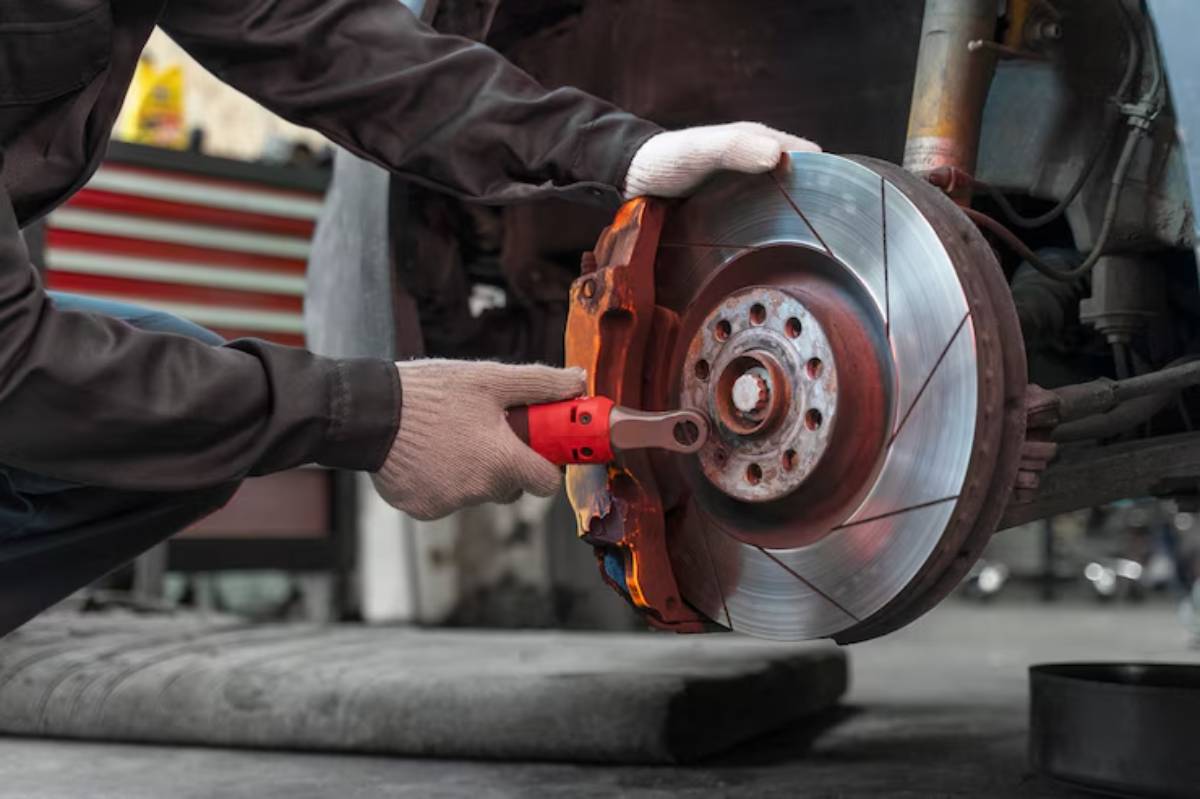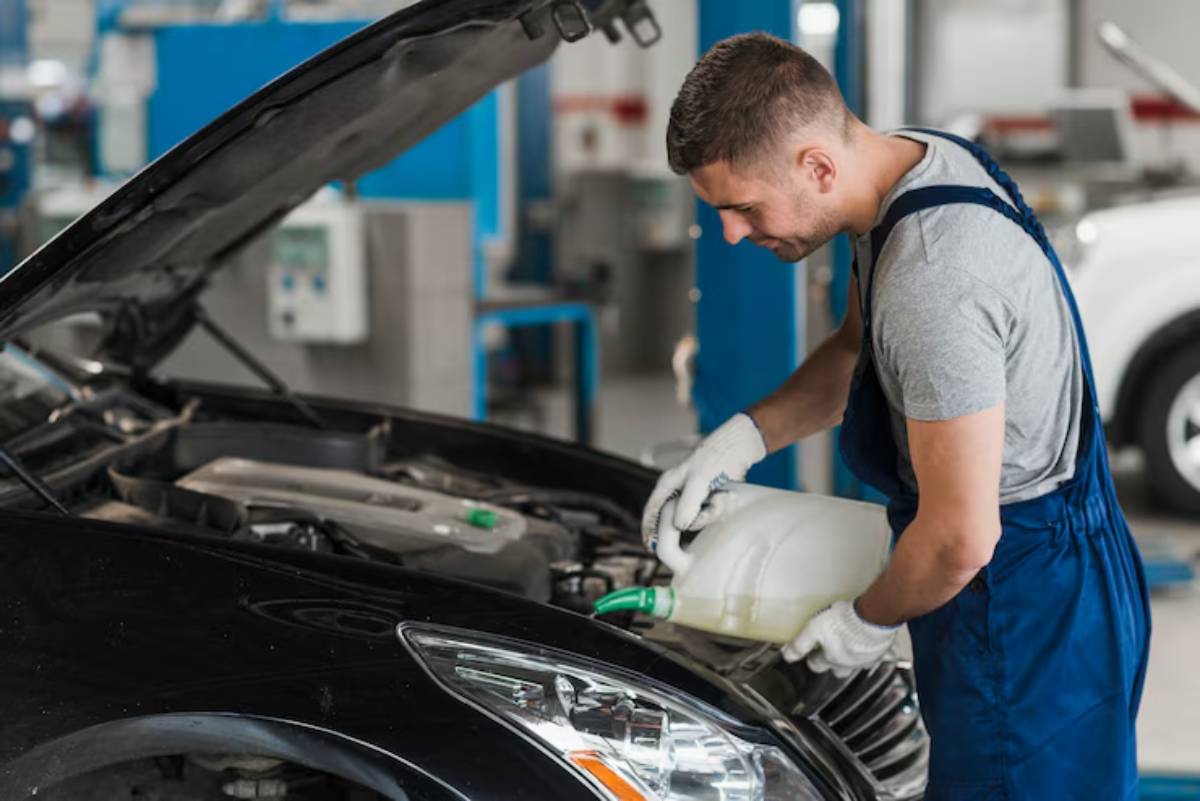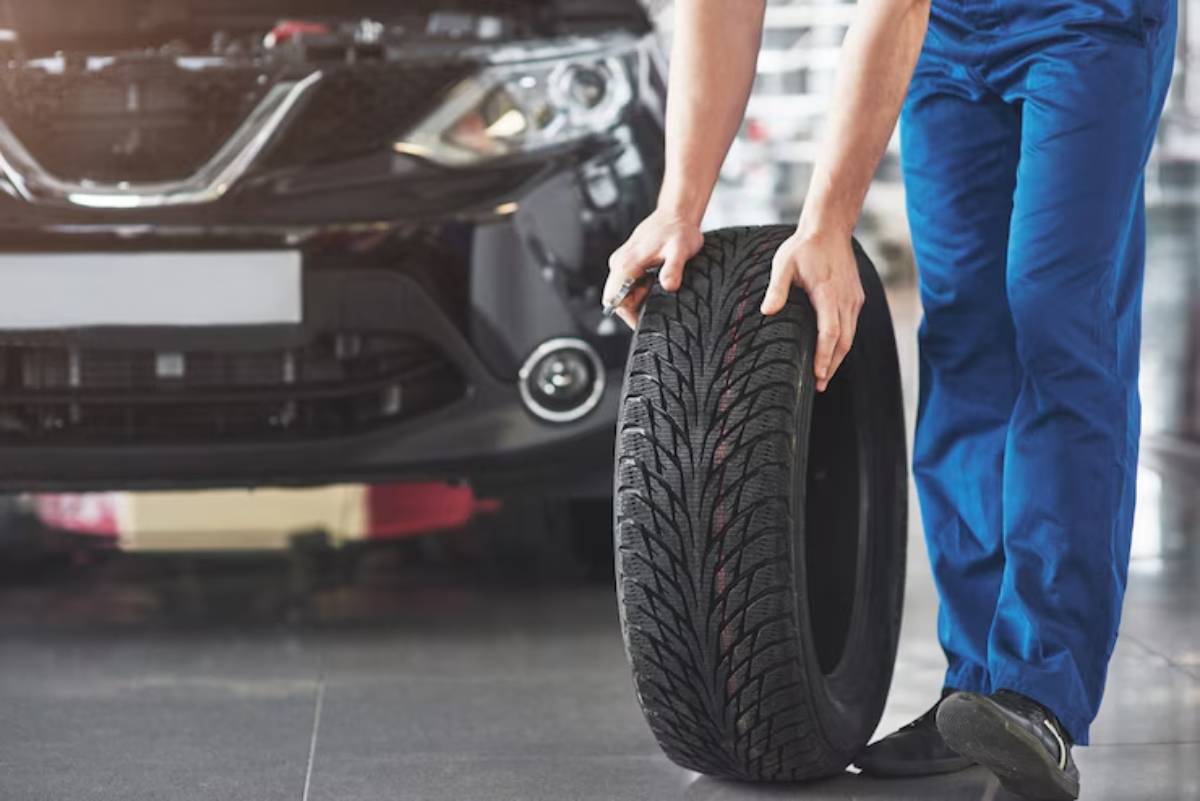
Best Tyres for Hybrid Car Efficiency
When most people think about improving their hybrid car’s efficiency, they jump straight to battery upgrades or aerodynamic tweaks. But there’s one silent hero sitting beneath your vehicle that can make a surprisingly big difference — your tyres.
Yes, tyres. They might seem like just rubber rings that keep your car rolling, but they influence everything from fuel consumption and ride comfort to braking distance and handling. And in hybrid cars, where every watt of power and drop of fuel is optimised, choosing the right tyres becomes even more critical.
In this article, we’ll walk you through the best tyre options for hybrid car efficiency, explain the importance of low rolling resistance, and help you choose the perfect fit based on driving habits, climate, and performance needs. Whether you’re a daily commuter or a weekend traveller, this guide will help you save fuel, drive smoother, and even reduce long-term wear on your vehicle.
Let’s dive into the science, specs, and smart choices behind the best hybrid car tyres.
What Makes Hybrid Tyres Different?
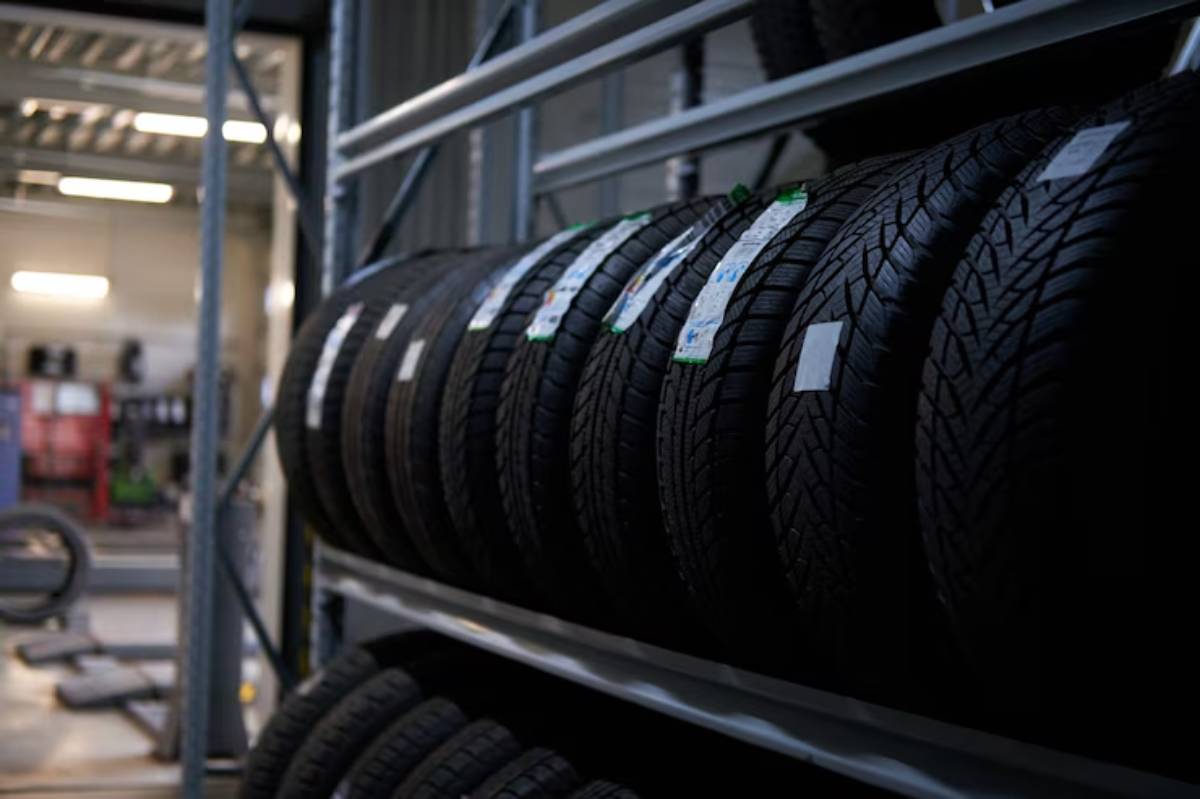
Understanding the Hybrid Vehicle Demands
Hybrid vehicles are engineered for fuel efficiency, quiet operation, and seamless transitions between electric and combustion power. But this unique configuration places distinct demands on tyres:
- Heavier weight due to the battery pack
- Quieter operation, meaning tyre noise is more noticeable
- Instant torque from electric motors, which affects tread wear
- Focus on fuel economy, requiring tyres that reduce energy loss
The Role of Tyres in Hybrid Efficiency
Tyres designed for hybrids often feature:
- Low rolling resistance compounds
- Optimised tread patterns for better grip and water dispersion
- Reinforced sidewalls to support heavier loads
- Advanced rubber formulations to reduce heat and wear
Choosing the right tyre not only supports fuel savings but also preserves battery range — a win-win for efficiency and performance.
What Is Rolling Resistance — And Why Should You Care?
Rolling resistance is the energy your car needs to keep the tyres moving. Higher resistance means your engine or electric motor has to work harder, burning more fuel or using more battery.
Low Rolling Resistance Tyres: The Efficiency Secret
Low rolling resistance (LRR) tyres are specifically designed to:
- Minimise heat buildup
- Reduce energy loss
- Maintain traction while improving mileage
While they may cost slightly more upfront, the long-term fuel savings and reduced wear often make them more economical overall.
Key Benefit: LRR tyres can improve fuel economy by up to 4%, which can mean noticeable savings over time.
Top Tyre Picks for Hybrid Cars in 2025
Let’s take a closer look at some of the best tyres currently available, ideal for boosting your hybrid’s efficiency and performance.
1. Michelin Energy Saver A/S
- Why it’s great: Specifically engineered for hybrids and EVs, this tyre reduces fuel consumption and extends tread life.
- Features:
- Green X technology for LRR
- Excellent wet and dry grip
- Comfortable and quiet ride
- Ideal for: Urban commuters and long-distance drivers.
2. Bridgestone Ecopia EP422 Plus
- Why it’s great: Designed with eco-conscious drivers in mind, this tyre enhances mileage without sacrificing performance.
- Features:
- Fuel-saving tread compound
- All-season traction
- Long wear life
- Ideal for: Drivers in variable weather conditions.
3. Goodyear Assurance Fuel Max
- Why it’s great: Offers solid performance and low rolling resistance at a more affordable price point.
- Features:
- Dual AquaChannel grooves
- Fuel-saving tread design
- Responsive handling
- Ideal for: Budget-conscious hybrid owners.
4. Continental TrueContact Tour
- Why it’s great: Balances efficiency with ride comfort and impressive tread life.
- Features:
- EcoPlus technology for fuel efficiency
- Long-lasting tread wear
- Reliable in wet and dry conditions
- Ideal for: Daily drivers prioritising durability.
5. Pirelli Cinturato P7 All Season Plus II
- Why it’s great: European engineering that blends LRR with luxury ride quality.
- Features:
- High-silica compound for grip and efficiency
- Quiet ride
- Good wet braking
- Ideal for: Drivers seeking comfort and control.
How to Choose the Best Tyres for Your Hybrid
Consider Your Driving Style
Are you a city commuter, a long-distance cruiser, or someone who frequently switches between urban and rural roads?
- City Drivers: Prioritise quiet operation and stop-start performance.
- Motorway Drivers: Focus on durability and long tread life.
- All-Weather Drivers: Opt for all-season compounds with strong wet traction.
Climate Compatibility
Weather plays a big role in tyre performance. Here’s a quick guide:
- Cold climates: Look for tyres rated for winter or with high siping for traction.
- Hot climates: Choose tyres with heat-resistant compounds.
- Moderate climates: All-season tyres usually suffice.
Load and Speed Ratings
Hybrids tend to be heavier than petrol cars. Ensure the tyres you choose have appropriate load ratings to handle the extra weight, especially if you regularly carry passengers or luggage.
Check Compatibility with Your Vehicle
Before buying, always verify tyre dimensions and compatibility using your owner’s manual or a trusted tyre retailer. Incorrect tyre sizing can impact handling, braking, and fuel economy.
Maintaining Your Hybrid Tyres for Long-Term Efficiency
Even the best tyres won’t perform well without regular maintenance. Here’s how to keep them in top condition:
1. Check Tyre Pressure Monthly
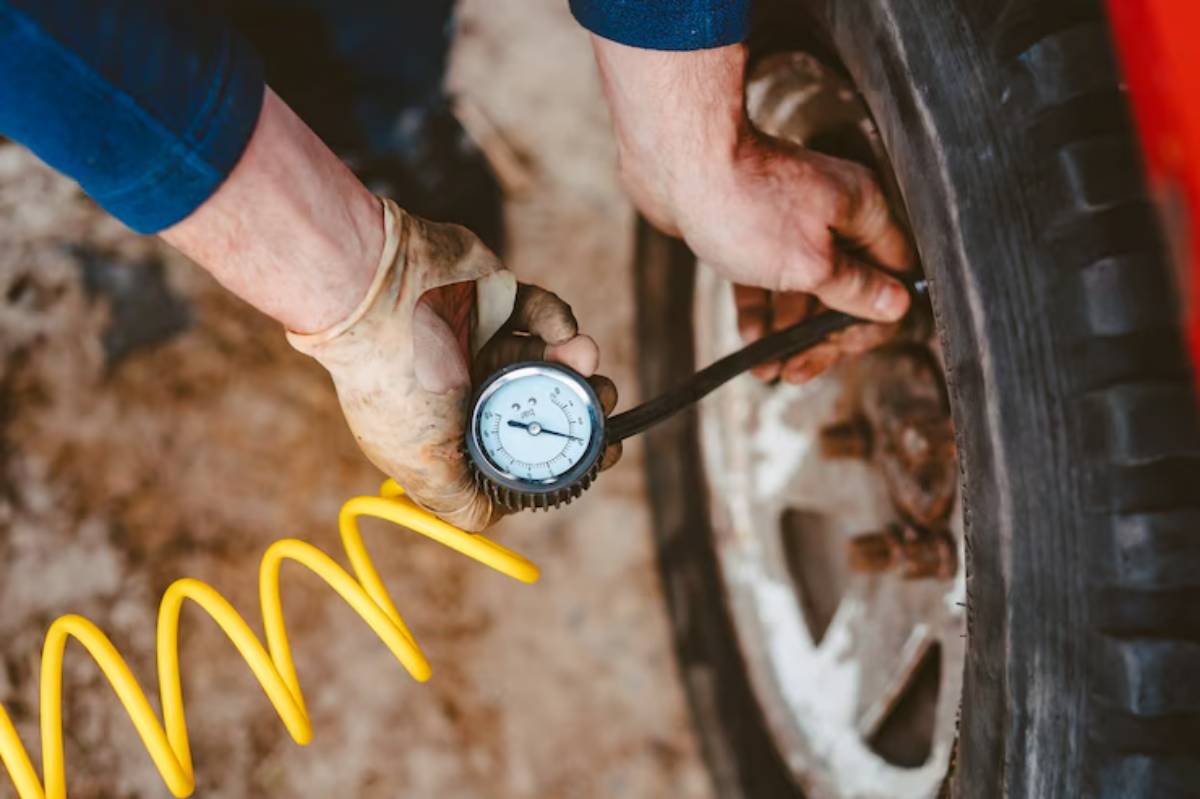
- Low pressure increases rolling resistance and reduces mileage.
- Over-inflation can cause uneven wear and reduce ride comfort.
Tip: Use a digital gauge and consult your vehicle manual for the correct PSI.
2. Rotate Tyres Every 5,000 to 8,000 Miles
Helps ensure even wear, especially with front-wheel drive hybrids where the front tyres often degrade faster.
3. Align and Balance Regularly
Poor alignment can cause drag and reduce tyre lifespan. Have your alignment checked at least once a year or if you hit a pothole.
4. Inspect Tread Depth
Worn-out treads reduce grip and increase the risk of aquaplaning.
- Use a 20p coin to test depth — if the outer band is visible, it’s time to replace them.
For more on maintenance routines, check out our guide on monthly hybrid maintenance checklists.
The Environmental Angle: Sustainable Tyre Options
If you’re driving a hybrid, you’re likely conscious of your carbon footprint. Some tyre manufacturers offer eco-friendly options made from sustainable materials and using low-emission production methods.
Look out for:
- Recyclable materials
- Silica-infused compounds (instead of petroleum)
- Brands with environmental certifications
Bonus Tip: Check for EU tyre labels, which score products on fuel efficiency, wet grip, and noise.
Conclusion: Don’t Overlook Your Tyres (Approx. 170 words)
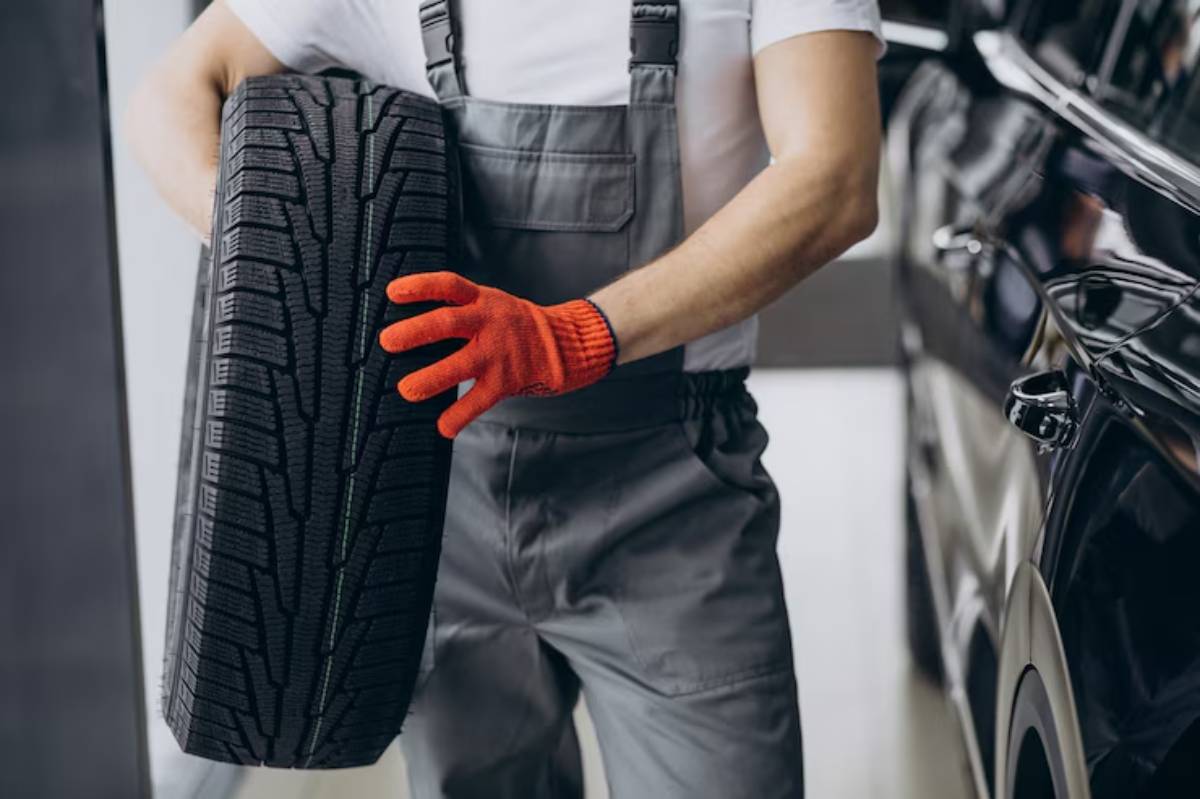
When it comes to getting the most out of your hybrid car, tyres often don’t get the spotlight they deserve. But as you’ve seen, the right set of fuel-efficient tyres can have a dramatic impact on everything from energy usage and ride comfort to safety and longevity.
By choosing low rolling resistance tyres designed specifically for hybrid demands, you’ll save money at the pump, enhance your car’s performance, and reduce its environmental footprint.
Whether you’re replacing old treads or shopping for a new set, let this guide steer you towards smart, sustainable decisions. And remember, tyre care doesn’t end at installation — ongoing maintenance is just as vital.
Ready to roll more efficiently? Leave a comment below with your tyre pick, share this article with fellow hybrid drivers, and explore more tips in our blog series, like how alignment affects hybrid performance.
